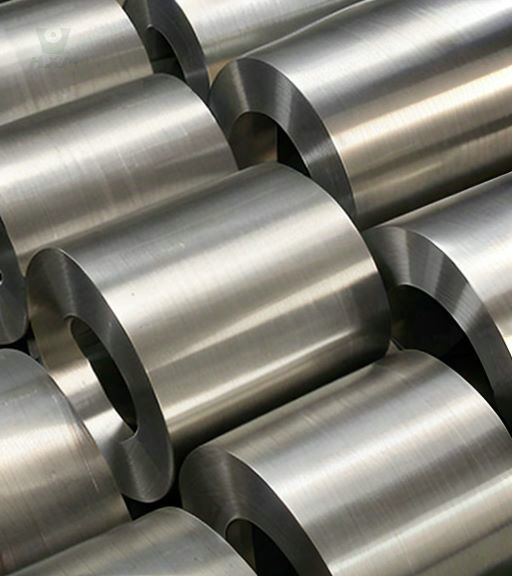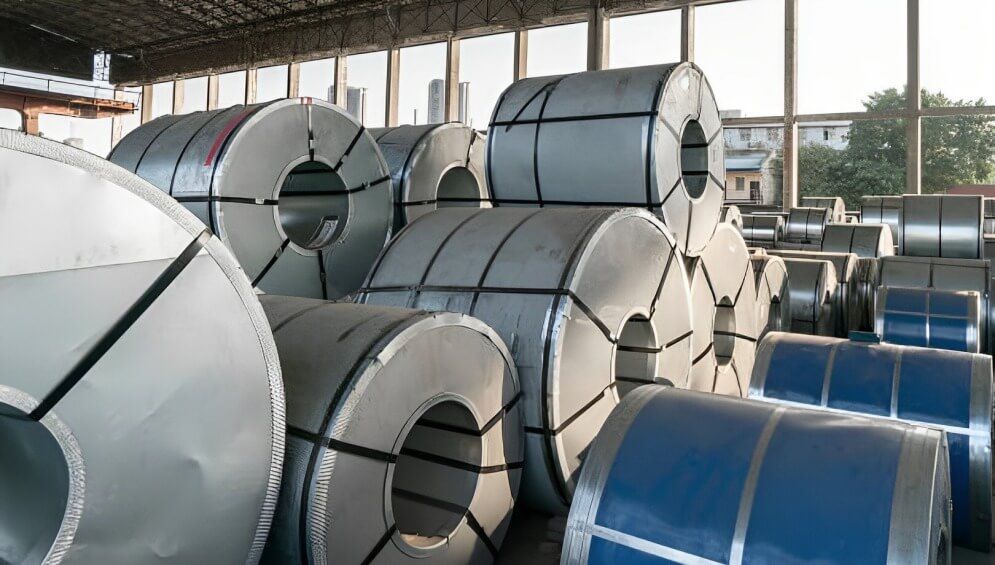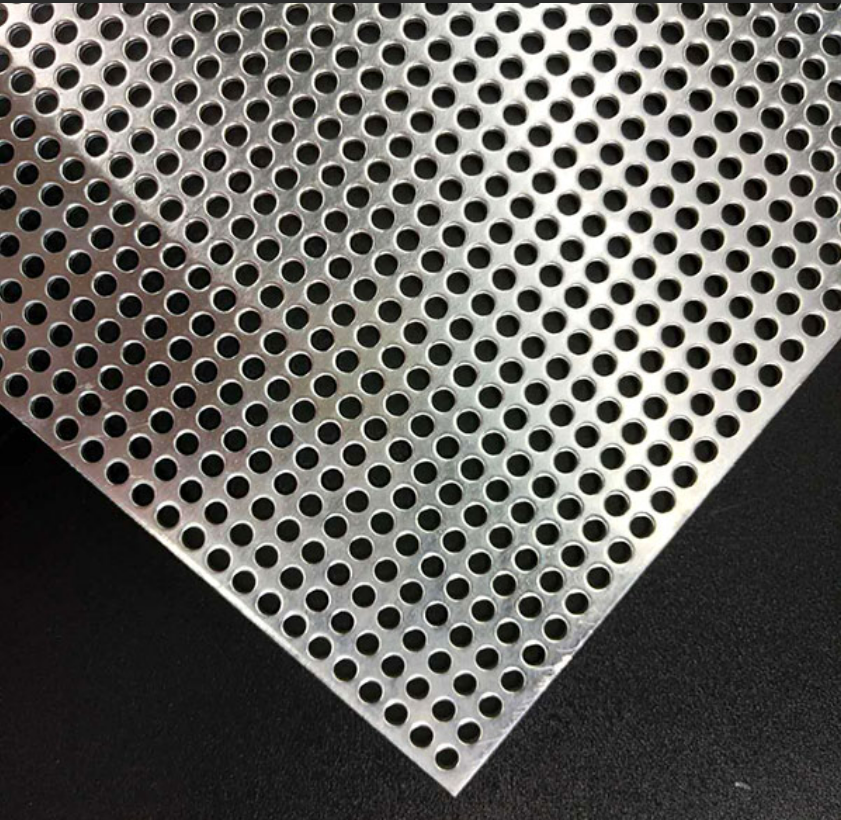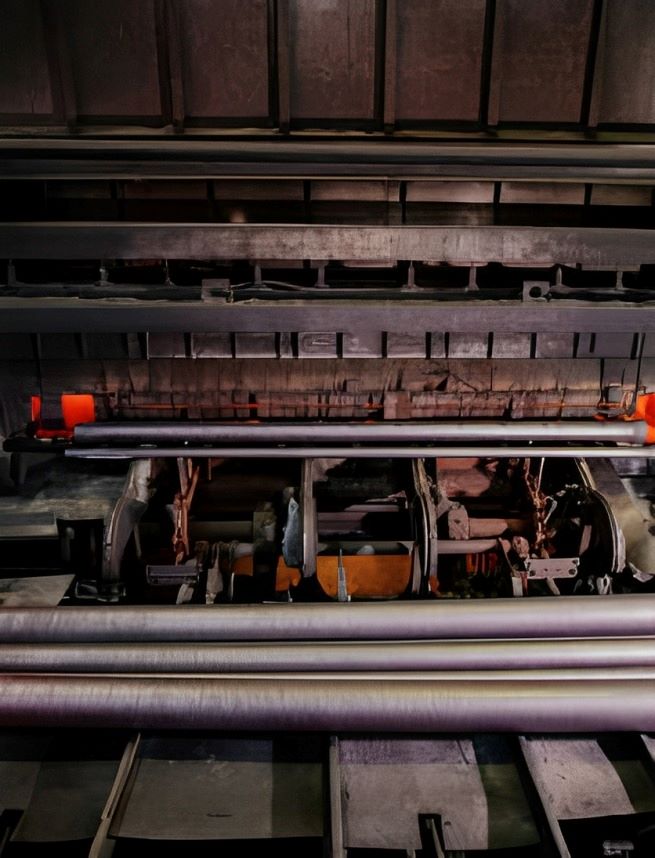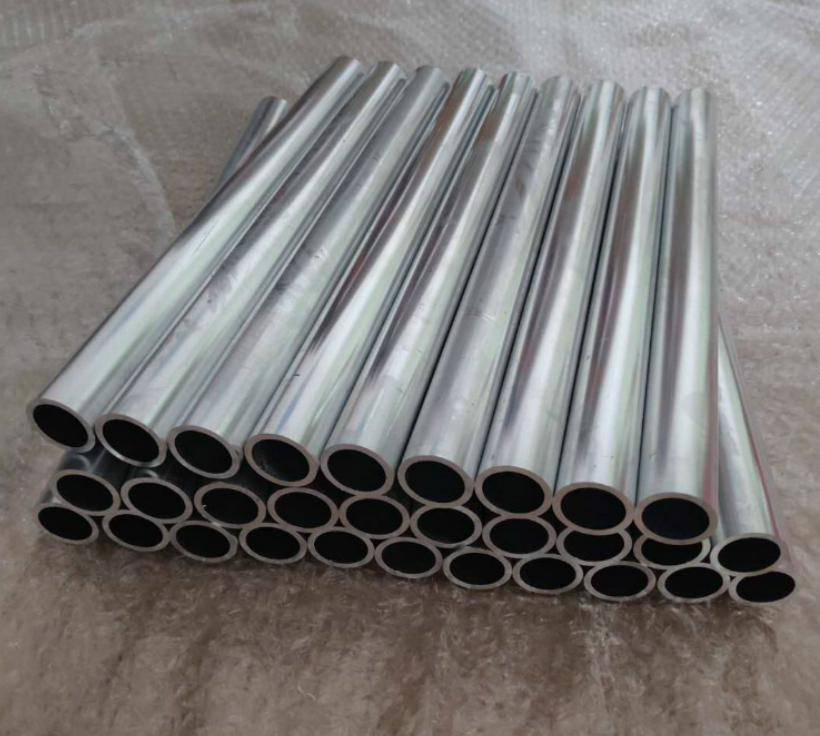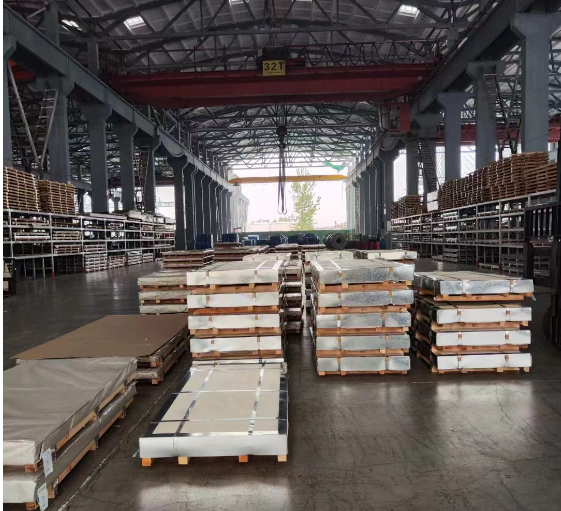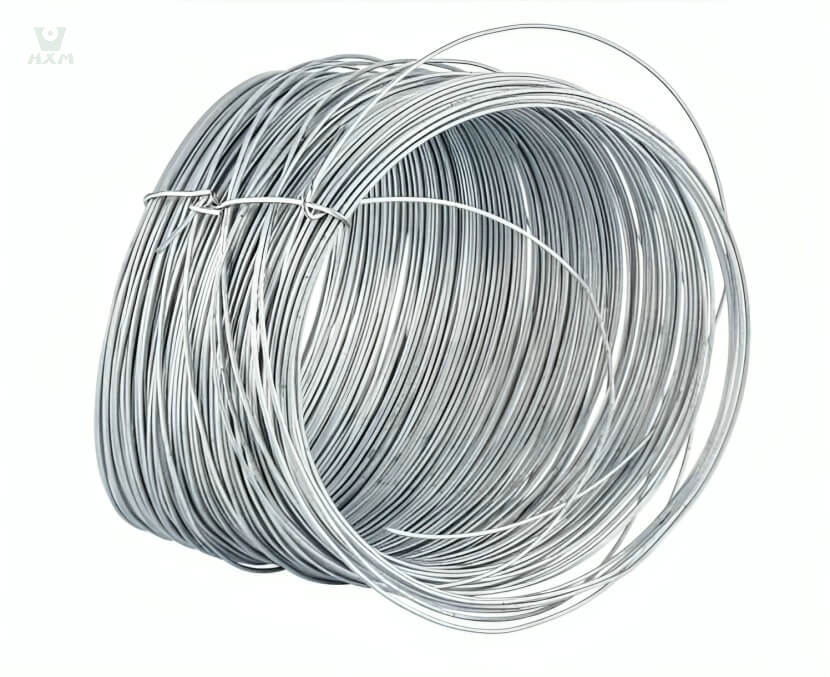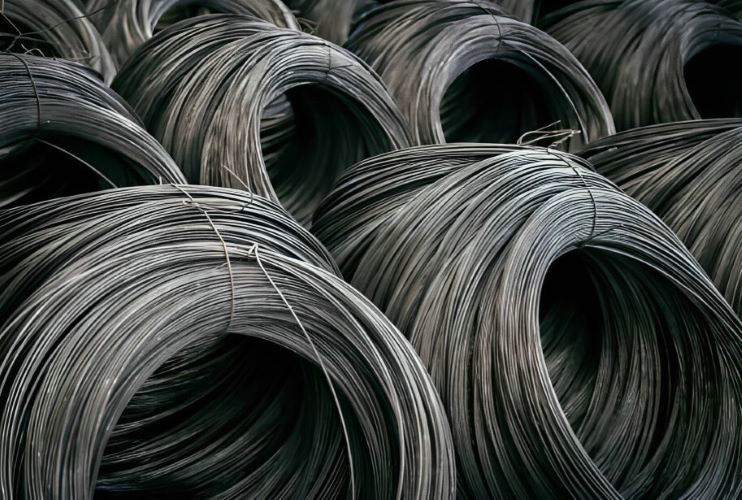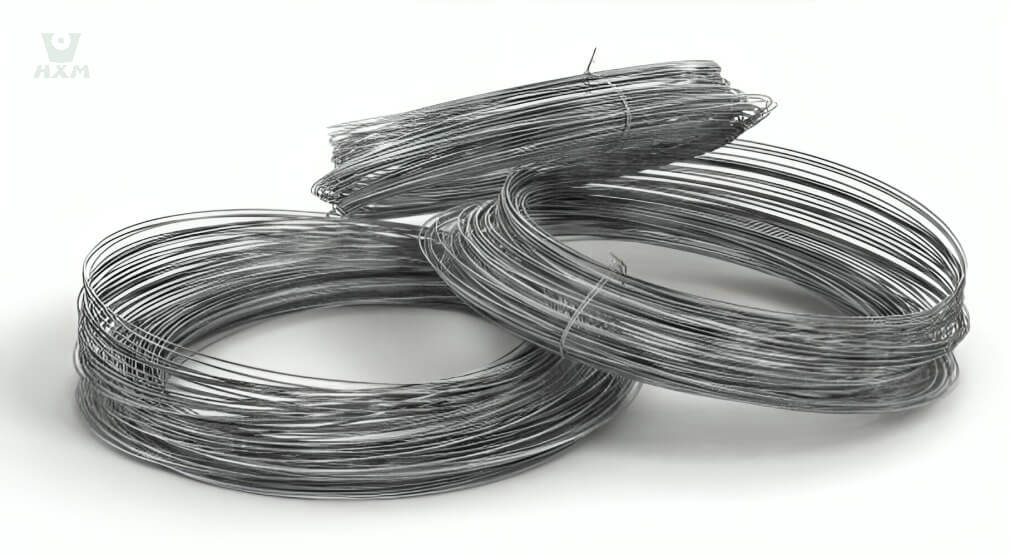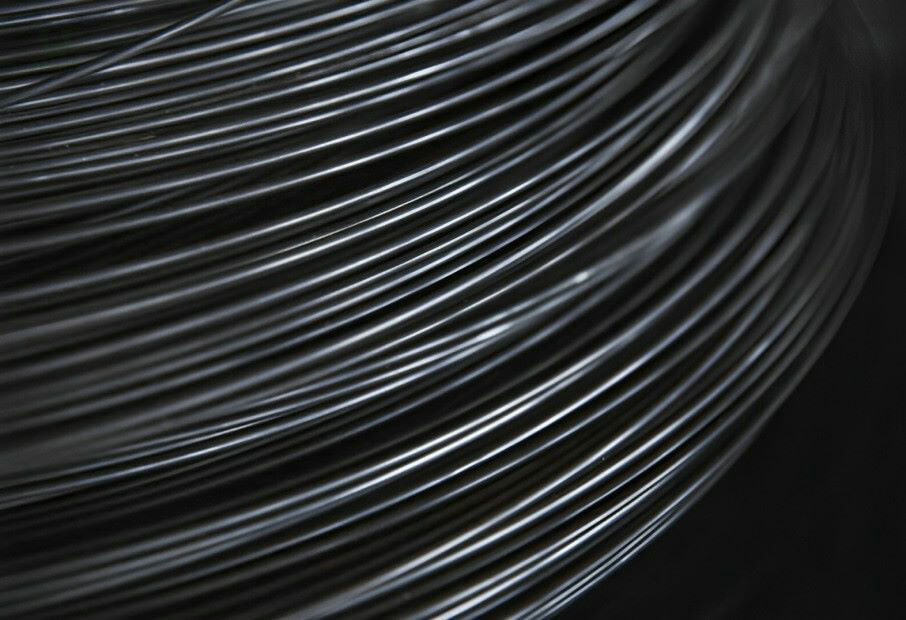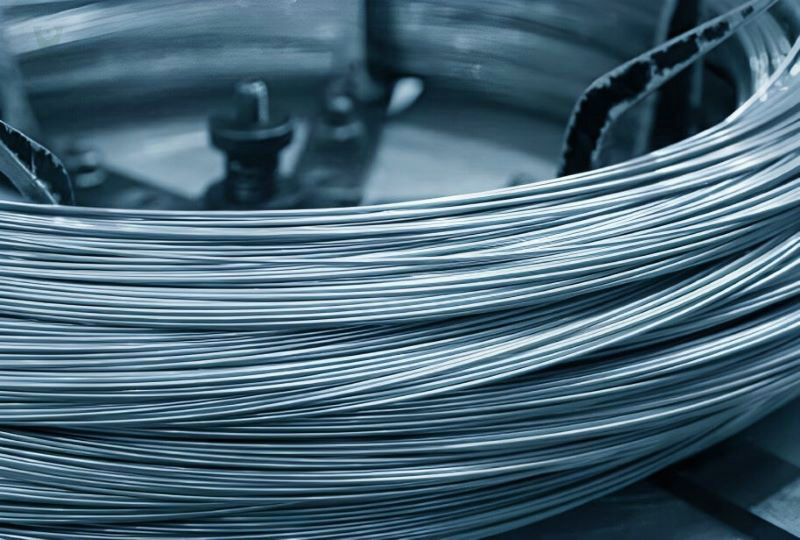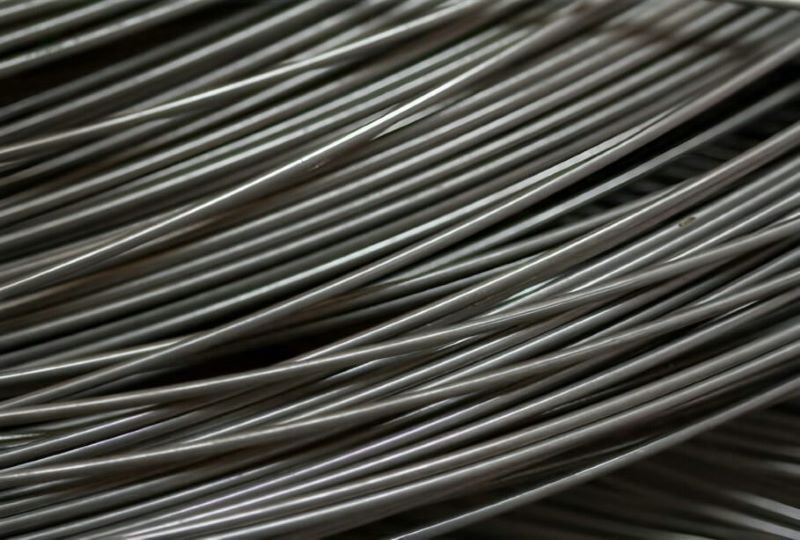how to identify stainless steel?
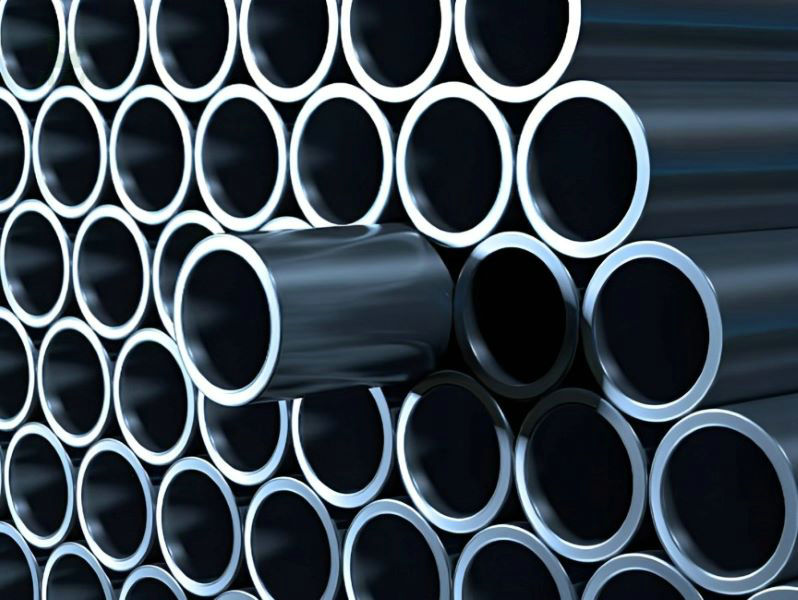
- August 14, 2023
- huaxiaostainless
In our daily lives, stainless steel products are ubiquitous, from utensils to building materials; they are everywhere. However, do you really understand what true stainless steel is? Stainless steel is a special alloy composed of elements such as iron, chromium, and nickel, exhibiting excellent corrosion resistance and luster. Yet, with a plethora of stainless steel varieties in the market, varying in quality, how can one accurately identify stainless steel?
Understanding Identify stainless steel
Stainless steel is a special alloy that does not corrode in weak corrosive environments. Stainless steel is classified into five main categories: Austenitic, Ferritic, Martensitic, Duplex Stainless Steel, and Precipitation Hardening Stainless Steel. Among these, only Austenitic and some Precipitation Hardening Stainless Steel are non-magnetic and cannot be attracted by a magnet; other types of stainless steel exhibit magnetism.
The appearance of the 200 series and 300 series stainless steels is challenging to distinguish, making it difficult for many users to identify their authenticity. If the type of stainless steel is unclear, identification can be done based on its inherent physical and chemical properties, using simple tools and sensory observations.
Magnet Discrimination Method
A magnet can identify stainless steel between two types
Chromium stainless steel is attracted to a magnet in any state.
Chromium-nickel stainless steel is generally non-magnetic in the annealed state, but some may exhibit magnetism after cold working.
High-manganese steel with elevated manganese content is non-magnetic. The magnetic properties of chromium-nickel-nitrogen stainless steel are more complex: some are non-magnetic, some are magnetic, and others are non-magnetic in the longitudinal direction but magnetic in the transverse direction.
Therefore, while a magnet can generally differentiate between chromium stainless steel and chromium-nickel stainless steel, it cannot accurately distinguish some steel grades with special properties and specific steel numbers. It is possible to mistakenly reject some magnetic 400 series stainless steel products with lower prices and superior quality than the 200 series as counterfeit, while inadvertently purchasing some non-magnetic and corrosion-resistant poor-quality 200 series stainless steel products.
Copper Sulfate Method
- Firstly, immerse the stainless steel in an uncontaminated acid pickling passivation paste and a non-toxic cleaning solution with inorganic additives at room temperature to restore its original appearance. After treatment, the stainless steel surface exhibits a color without apparent luster.
- Subsequently, the Copper Sulfate Detection method is employed to further determine the type of stainless steel. The specific procedure involves removing the oxide layer from the steel, dripping a drop of water, and wiping it with copper sulfate. If the stainless steel surface remains unchanged after wiping, it is generally considered stainless steel; if the surface turns purple-red after wiping and exhibits magnetism, it is typically high-manganese steel; if the surface turns purple-red but lacks magnetism after wiping, it is generally ordinary steel or low-alloy steel.
This method accurately identify stainless steel type, ensuring material quality and reliability.
Spark Test
- The spark identify stainless steel types involves grinding stainless steel on a grinding wheel and observing the sparks.
- If the sparks appear in streamlined form with numerous dense burst patterns, it indicates the presence of high-manganese steel or manganese-nitrogen steel.
- If there are no burst patterns, it is likely to be chrome steel or chromium-nickel stainless steel.
Annealing Method
To identify stainless steel types
- For cold-worked chromium-nickel stainless steel, if it exhibits magnetism, a small piece can be taken, heated to redness in a fire, allowed to cool naturally, or placed in water (annealing).
- Generally, after annealing, the magnetism will significantly weaken or disappear.
- However, some chromium-nickel stainless steels, such as Cr18Ni11Si4AlTi steel and Cr21Ni5Ti steel, contain a considerable amount of ferritic elements, and their internal structure has a substantial portion of ferrite. Therefore, even in the state of hot working, they may still exhibit magnetism.
Chemical Qualitative Method
To identify stainless steel types
- The chemical qualitative method is an approach to identify stainless steel for the presence of nickel in magnetic steel.
- The procedure involves dissolving a small piece of stainless steel in aqua regia, diluting the acid with pure water, adding ammonia after neutralization, and then gently introducing nickel reagent.
- If there is a red, flocculent substance floating on the liquid surface, it indicates the presence of nickel in the stainless steel.
- If there is no red, flocculent substance, it proves that there is no nickel in the stainless steel.
- However, due to the low nickel content in stainless steel, generally only a few percent, the nickel content is not easily manifested or determined. Multiple experiments with standard samples are usually required to master this.
conclusion
The various methods mentioned above to identify stainless steel indicate that sensory identification requires the comprehensive use of multiple techniques. The results can only determine a specific type of stainless steel, without specifying the exact alloying elements and their concentrations. Therefore, the current sensory identification methods still have limitations, and some approaches may carry the risk of errors. Many physical phenomena in this context still need further exploration and understanding.
When planning to purchase high-quality and suitable stainless steel products, it is crucial to choose a reliable stainless steel supplier to avoid potential fraud. To safeguard your interests, you can request the supplier to provide factory inspection certificates or other quality assurance documentation. Huaxiao Metal is a stainless steel supplier with over 15 years of export trade experience. If you have stainless steel procurement needs, feel free to contact us for a quote. We are committed to providing you with high-quality products and services to ensure your satisfaction.


